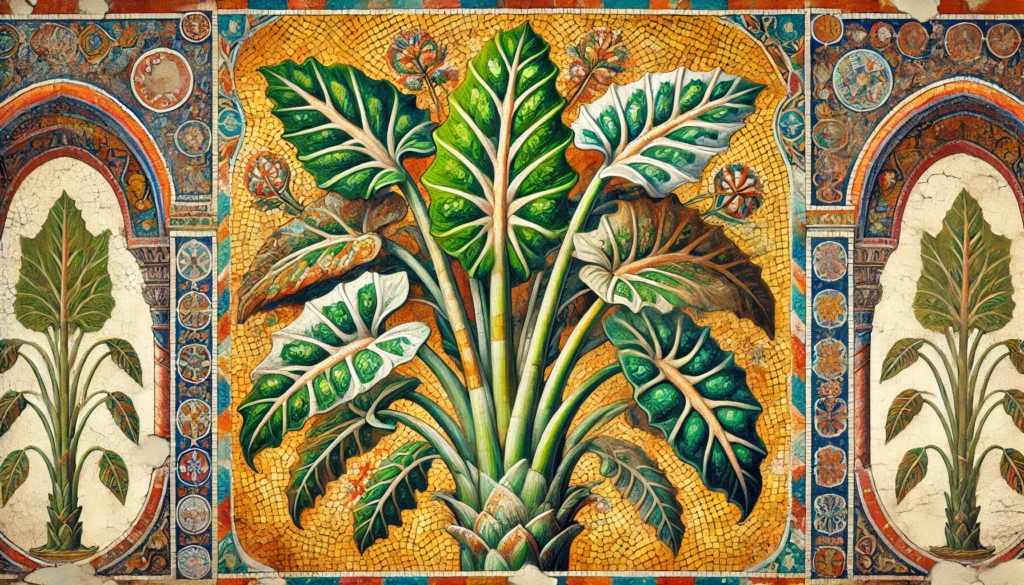

Home » Cat Plants » Does the Giant Dumb Cane Plant Pose a Threat to Cats

The Giant Dumb Cane, also known as Dieffenbachia, is a popular houseplant that can be toxic to cats if ingested. While not an allergy, the plant contains insoluble calcium oxalates, which are poisonous to felines and can cause intense irritation and burning in the mouth, tongue, and lips.
Dieffenbachia is commonly found as an indoor ornamental plant in homes and offices.
Ingestion may cause mild gastrointestinal upset, but is generally not life-threatening.
Ingestion can result in mild symptoms like vomiting, diarrhea, or drooling. Rarely fatal but may require veterinary care.
Eating these plants can lead to more pronounced symptoms like abdominal pain, lethargy, or difficulty breathing. Veterinary intervention may be necessary.
Ingesting even small amounts can cause severe symptoms like organ damage, seizures, or cardiac failure without rapid treatment.
All parts of these plants are extremely poisonous to cats and can quickly lead to death, even with immediate veterinary care.
** Please note: Please note that toxicity level can vary based on the amount ingested and the specific cat. It's always best to keep these plants completely inaccessible to cats and seek immediate veterinary care or call the poison hotline if you suspect your cat has ingested any part of a toxic plant.
If a cat ingests any part of a Giant Dumb Cane plant, it may experience various symptoms due to the toxic effects of the insoluble calcium oxalates. These symptoms can include:
If you suspect your cat has ingested Giant Dumb Cane, it is crucial to seek immediate veterinary care. Your vet will likely follow these steps for diagnosis and treatment:

A: Yes, cats can be allergic to Giant Dumb Cane. Symptoms of an allergic reaction may include itching, sneezing, and skin irritation.
A: Yes, Giant Dumb Cane, also known as Dieffenbachia, is highly toxic to cats. Ingesting any part of this plant can cause severe symptoms and can be harmful if not treated promptly.
A: Symptoms of Giant Dumb Cane poisoning in cats include vomiting, diarrhea, excessive drooling, difficulty swallowing, and swelling of the mouth and throat. Immediate veterinary care is crucial if ingestion is suspected.
A: To prevent contact, ensure that Giant Dumb Cane is not present in your home or garden. Keep your cat indoors or monitor outdoor activities closely to avoid exposure.
A: If your cat ingests Giant Dumb Cane, contact your veterinarian immediately. Do not induce vomiting unless instructed by a veterinary professional. Immediate medical attention is necessary.
A: Yes, Giant Dumb Cane is commonly found in homes and gardens as an ornamental plant. It is important to ensure this plant is kept out of reach of cats to prevent accidental ingestion.
Dieffenbachia, or Giant Dumb Cane, is a genus of tropical flowering plants in the Araceae family, native to the New World Tropics from Mexico and the West Indies to Argentina. The plant is named after Joseph Dieffenbach, a 19th-century German horticulturist.
Dieffenbachia has been cultivated as an ornamental plant since the mid-1800s and gained popularity as a houseplant due to its attractive foliage and tolerance for low-light conditions. However, its toxic properties have long been recognized, with the common name “dumb cane” referring to the temporary speechlessness that can occur after ingesting the plant due to oral irritation and swelling.
Please note: The information shared in this post is for informational purposes only and should not be considered as veterinary medical advice.
🐾 A hilarious or heart-melting cat video
🐾 Our latest paws-on review of a cool cat toy